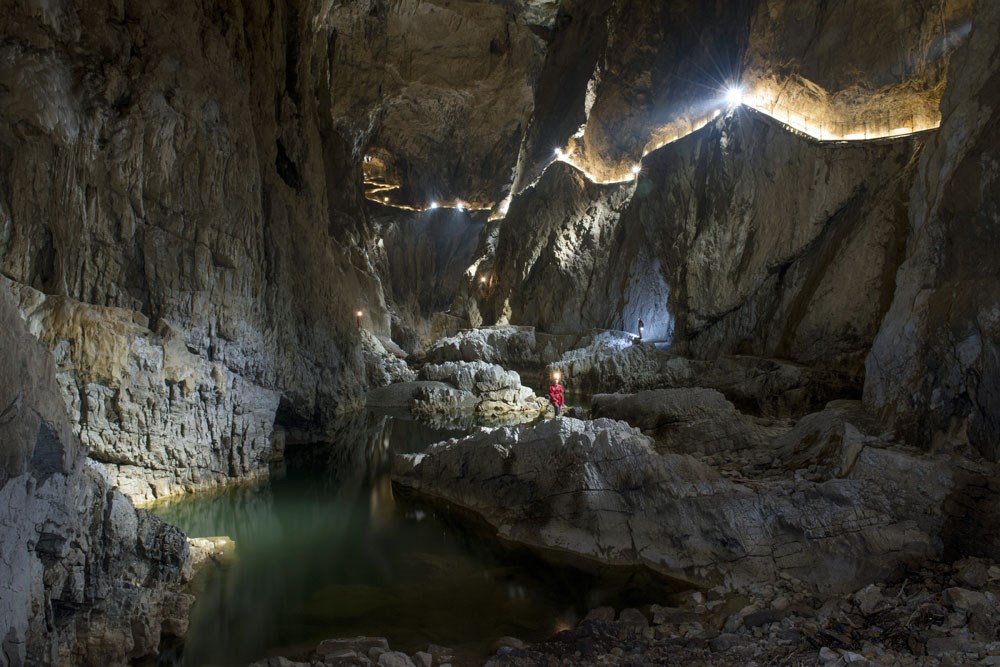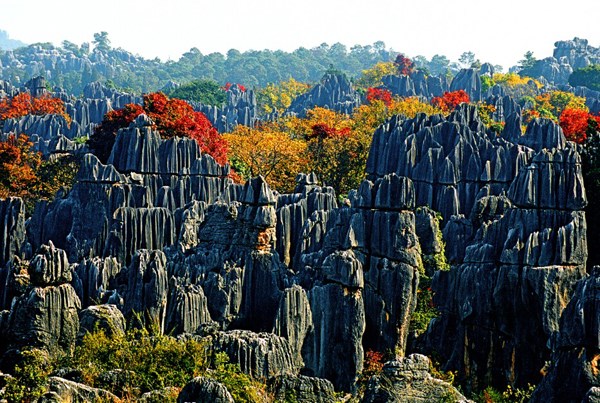
Photo from Nature Parks of Slovenia Mammoth Cave National Park, with its long history of karst and cave research, has attracted scientists from around the world to study the cave and its surroundings. Sharing research conducted at the park and learning from other scientists around the world illuminates concerns that parks and preserves face worldwide. Fostering CollaborationCaves and limestone landscapes are found globally and face common threats such as:
Mammoth Cave National Park has developed sister park relationships to exchange research and best management practices for the preservation of cave resources and the development of sustainable human communities within karst landscapes. Sister Park InitiativeLearn more about the Sister Parks program and guidelines. 
Photo from Shilin Forest Geopark Mammoth Cave’s Sister Parks and PartnersShilin Stone Forest National Park, ChinaShilin Stone Forest National Park, part of the South China Karst World Heritage Site, is known for its aboveground limestone “forests.” Chinese park managers share challenges of protecting karst landscapes and balancing robust tourism. This World Heritage Site is Mammoth Cave National Park’s first sister park. Škocjan Caves Regional Park, SloveniaŠkocjan Caves Regional Park was designated a UNESCO World Heritage Site in 1986 and became an International Biosphere Reserve in 2004. The park protects the unique karst landscape and rich archeological resources dating to early prehistoric times. 
Photo from UNESCO Puerto Princesa Subterranean River National Park, the PhilippinesPuerto Princesa Subterranean River National Park, part of the Palawan International Biosphere Reserve (1990), was listed as a UNESCO World Heritage Site in 1999. The park is known for its limestone mountain landscape and underground river system. In 2018, Mammoth Cave National Park began a formal partnership with Puerto Princesa Subterranean River National Park and the Crawford Hydrology Laboratory of Western Kentucky University to foster the scientific collaboration and understanding of karst landscapes. |
Last updated: January 4, 2022
